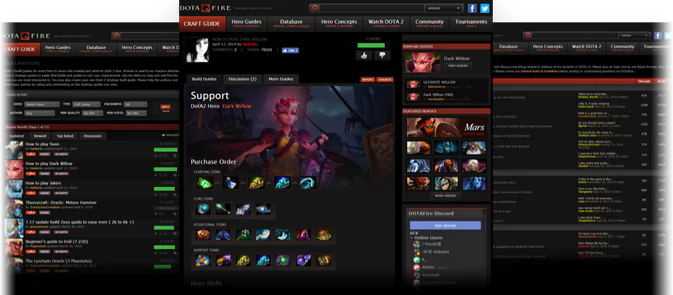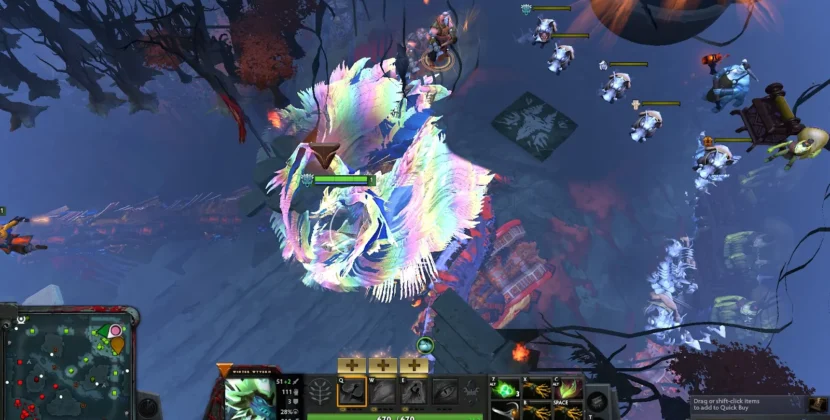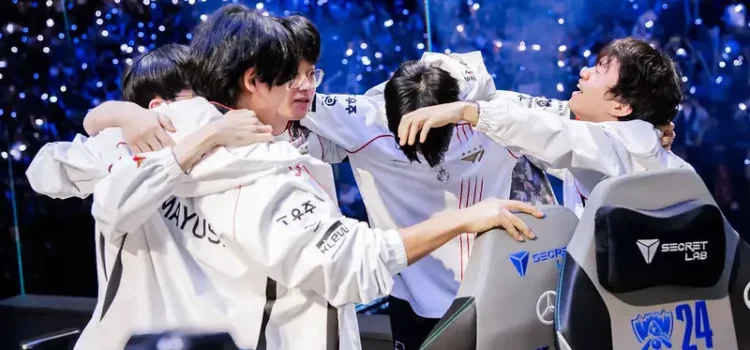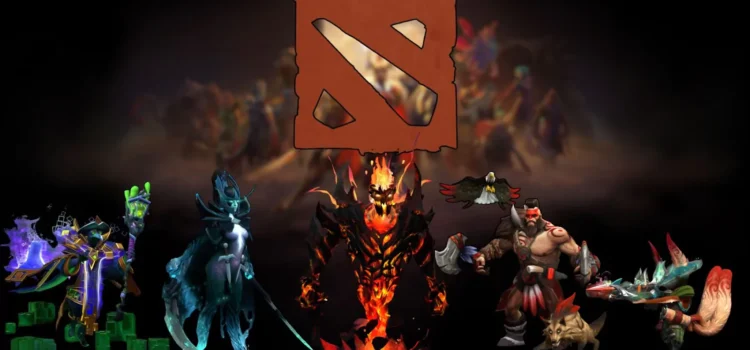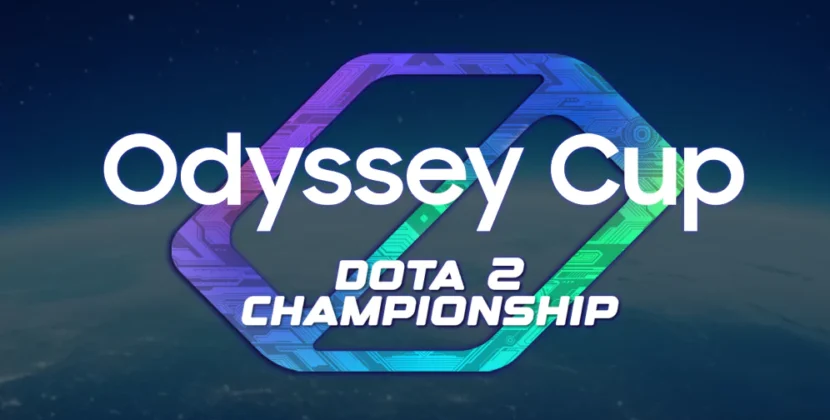
The League of Legends Champions Korea (LCK), one of the premier esports tournaments in South Korea, has revealed a significant overhaul of its format for the 2025 season. These changes are designed to create a more dynamic and engaging competition, benefiting both the teams and fans. The revamp aims to increase the number of matches played during the season and introduces new structures that cater to both high-ranking and mid-to-lower-tier teams.
Introduction of the LCK CUP and Global Tournaments
Starting in 2025, the LCK season will kick off with the introduction of the LCK CUP, a new event that will run from January to February. This tournament will initially be divided into two groups, with the top teams from the 2024 Summer Finals—Gen.G and Hanwha Life Esports—being responsible for selecting these groups. The competition will then progress through play-ins and playoff brackets, culminating in the crowning of the LCK CUP champion.
The LCK CUP winner will go on to qualify for a new global event scheduled for March, bringing together the top teams from various regional leagues. This global tournament will feature a unique draft format known as the Fearless Draft. This system allows champions to be banned permanently once they are selected in any match during a best-of series, adding a layer of strategy to the event. The Fearless Draft will be employed in the LCK CUP, with teams selecting champions based on the same pick/ban system used in the tournament’s regular matches.
Changes to the LCK Regular Season
The regular LCK season will commence in April, and the results of the LCK CUP will not affect the regular season standings. The season itself will be split into five rounds, with the first two rounds running through April and May. These rounds will use a single round-robin, best-of-three format, resulting in a league table that ranks the teams based on their performance. This format mirrors the system used in the 2024 LCK season, maintaining consistency while offering a fresh structure for the new season.
In June, the top six teams from the first two rounds will enter the Mid-Season Invitational (MSI) qualifiers, which will use a semi-double elimination bracket to determine the two teams that will move forward to the MSI event. This change ensures that more teams have the opportunity to showcase their skills and make a significant impact on the international stage.
New Group Structure for LCK Rounds Three to Five
Rounds three through five of the regular season will introduce a new group division. The top five teams from rounds one and two will be placed into the Legend group, while the bottom five will be placed into the Rise group. This grouping will continue throughout the remaining rounds, with each round featuring a best-of-three, single round-robin format. The introduction of these two groups creates a more tiered and competitive structure for the league.
At the conclusion of all three rounds, the top four teams from the Legend group will advance to the playoffs. The fifth place team from Legend will enter a play-in bracket alongside the top three teams from the Rise group. The play-ins will use a best-of-five, double-elimination format to determine which two teams will qualify for the playoffs.
Playoffs and World Championship Qualification
The playoffs themselves will also use a best-of-five, double-elimination bracket, ultimately determining the LCK season champions. The top three teams from the playoffs will secure a spot at the League of Legends World Championship, the final global event of the season. Depending on the results of the MSI qualifiers, the LCK may also receive a fourth seed for the World Championship, further bolstering the region’s presence on the international stage.
Maximizing Engagement and Competitiveness
According to official announcements from Riot Games, the primary goal behind these changes is to maximize the number of matches, particularly for mid-to-lower-ranked teams, ensuring that these teams have ample opportunities to compete and showcase their talents. Additionally, the introduction of various format types throughout the season is designed to counteract any potential decline in interest that might arise from a traditional, season-long tournament structure.
By introducing new formats like the LCK CUP and global events, as well as splitting the regular season into two distinct groupings, the LCK is looking to provide a more engaging and competitive experience for both the players and the audience. This overhaul not only enhances the appeal of the LCK but also strengthens its position as one of the leading leagues in global esports.
Conclusion
The 2025 LCK season will mark a new chapter in the league’s storied history, with major changes aimed at improving the competitive landscape and maintaining fan interest throughout the year. With the introduction of the LCK CUP, a revised regular season, and more global exposure for South Korean teams, the 2025 LCK season promises to be one of the most exciting in the tournament’s history. By embracing innovation and addressing the evolving needs of the esports community, the LCK continues to solidify its place as a global leader in competitive gaming.

